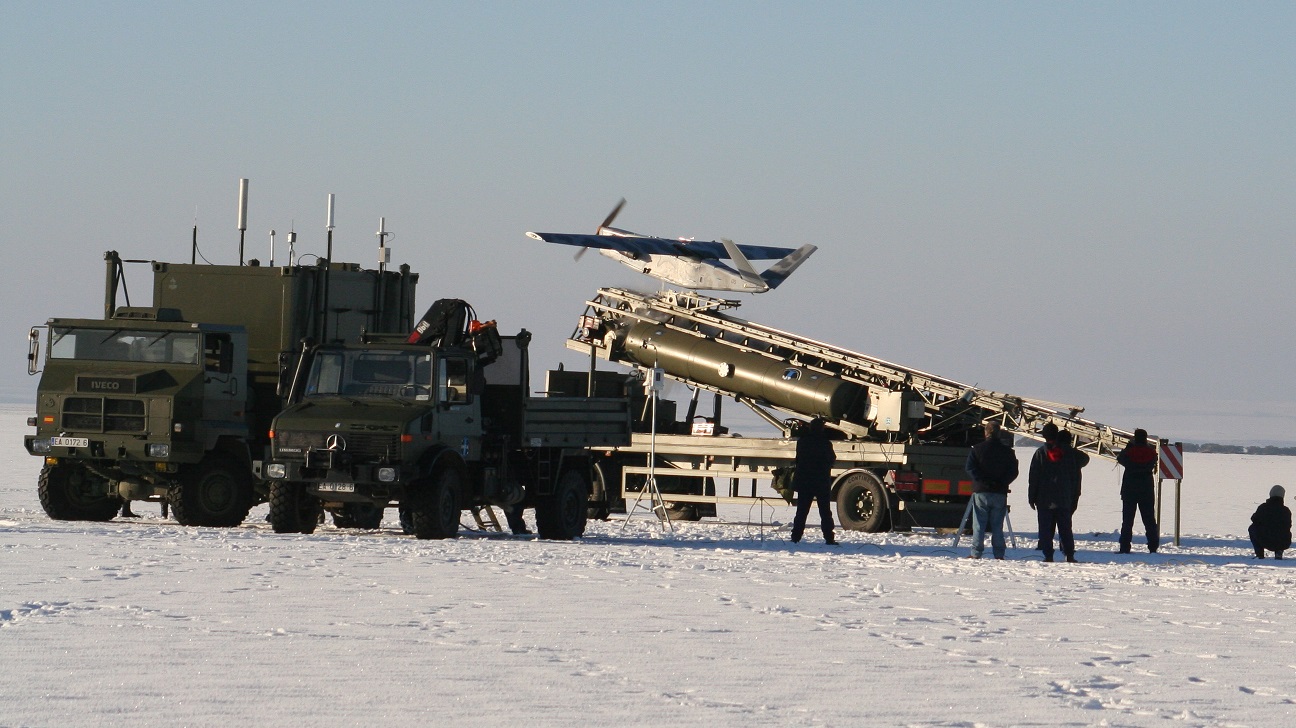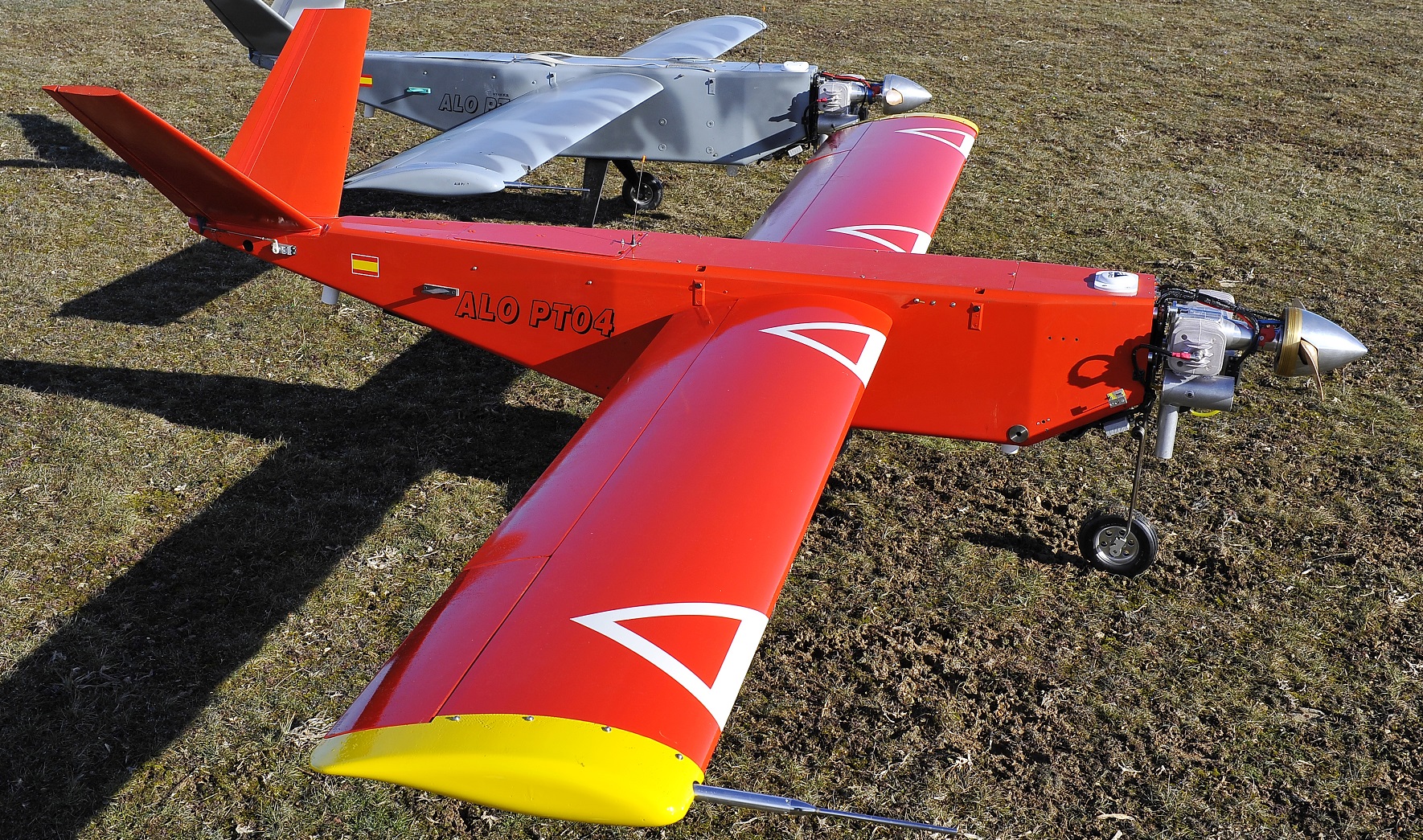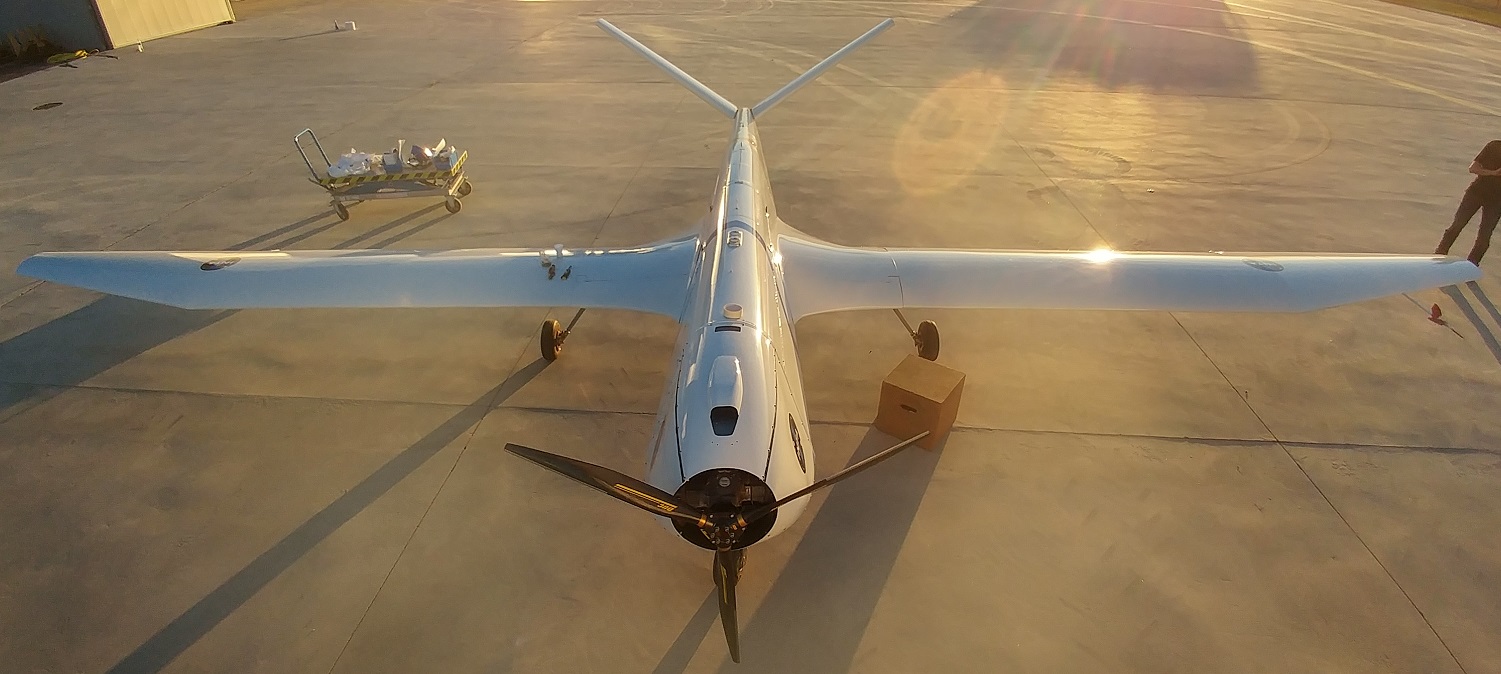Evolution and Milestones
SICANT evolution and Flight Mechanics Area activities have followed parallel paths along RPAS INTA's programs. The beginning of these activities dates back to the 90's. In those years SIVA's program started its development. After research years and efforts in which INTA was a pioneer in our country, first SIVA's flights were performed throghout the year 2000.
- 1992 Development started for SIVA 1A
- 1998 Failed SIVA 1A automatic launch.
- 2000 First manual control flight
- First SICANT manual control flight

The arrival of a new decade suposed an improvement and enhancement in system functions. A new platform was also developed: the ALO RPAS.
- 2001 Fligths with stabilization and guidance between waypoints with SICANT
- 2003 First ALO flight with SICANT
- First SIVA's launch both in automatic and manual control.

Throughout 2000's mid-decade, DIANA program started its development. By the end of the decade, a complete functionality was achieved.
- 2004 DIANA's developing started.
- 2007 SICANT's first automatic take-off.
- 2008 SICANT's first automatic landing.
- 2010 SICANT's first completely automatic flight.
- First night flight.

The new decade brought as new challenges to include new functionalities to RPAS systems, such as a totally automatic ground control, coordinated flights, and payload management. Finally, by mid-decade, MILANO program started its development.
- 2012 Automatic taxi tests
- 2013 Payload camera control through SICANT.
- Simultaneous and coordinated flight.
- 2015 Coordinated flight with crewed aircraft and air traffic control (DEMORPAS)
- 2016 Ground tets for MILANO.
- 2019 First automatic MILANO flight.

